Feedback loops can be generated within the livestock industry (manure waste after treatment to raise earthworms and black soldier flies is the input feed for livestock). Feedback loops can also be generated in the relationship between livestock and crop production (livestock waste after treatment to become organic fertilizer to improve soil for crops; crop by-products: oil cake, bran, brewer's dregs... are feed for livestock); livestock with aquaculture and livestock with forestry (raising chickens under forest canopy...) . Simply put, it is possible to use by-products of the crop and aquaculture industries as feed for livestock; use waste in livestock (manure, leftover food...) as fertilizer for crops, aquaculture feed... turning waste in the production process into useful value, contributing to environmental protection and regeneration. Developing a circular economy in livestock is an inevitable trend, aiming to increase added value and sustainable development; both achieving economic goals and solving environmental pollution and responding to climate change.
In recent years, the livestock industry of Son La province has had positive changes, developing in the direction of large-scale farms and ranches focusing on commodity production, increasing both the quantity and quality of livestock products.
Livestock farming according to the province's circular economic model has developed quite well, there have been many livestock farm models following the direction of "Garden - Pond - Barn" ; Activities of processing and recycling waste and by-products in agricultural, forestry and livestock production have been implemented, contributing to reducing environmental pollution. Currently, commonly applied measures for livestock waste treatment include: Application of Biogas technology; Composting; using biological bedding; raising insects: earthworms, black field flies...
The use of by-products such as straw, banana stems, wine yeast, brewer's dregs, etc. from the farming, processing, and manufacturing industries as feed for livestock and poultry has been around for a long time; it not only reduces feed costs (the cost of buying feed for livestock and poultry accounts for over 65% of the product cost) , but also helps reduce environmental pollution caused by by-products (burning straw pollutes the air; beer yeast and brewer's dregs pollute water sources, etc.).
However, the development of circular economy in livestock farming still faces many difficulties and challenges, mainly household livestock farming, weak and backward processing and waste treatment industry, and no high-value production chains have been formed in the agricultural , aquatic and processing production chains of the province. Many agricultural by-products have not been reused, there is still waste of crop by-products and livestock waste; people's and businesses' awareness of the role, benefits and nature of circular economic development in livestock farming is inadequate; only a few businesses and farms apply circular livestock farming in some stages; investment in developing waste treatment infrastructure in livestock farming is limited and not synchronous; the capacity to recycle and reuse livestock waste is still inadequate; the market for collecting, treating and trading livestock waste has not been formed; propaganda and technical guidance on circular economic models in livestock farming are still limited; Still discharging waste directly into the environment,... are obstacles to the development of a circular economy in livestock farming today.
In the coming time, to develop a truly effective and sustainable circular economy in livestock farming, it is necessary to link livestock farming activities with the agricultural ecosystem (Agricultural ecosystem includes: Crops - Livestock - Aquaculture - Forestry - Processing - Logistics) ; form production chains, create feedback loops for each product, especially feedback loops in waste treatment, by-products, intermediate input and output factors in livestock farming; In which, it is necessary to focus on implementing the following solutions: In the immediate future, it is necessary to promote communication and propaganda about the circular economy in livestock farming, so that everyone, from direct participants to managers and the community, clearly understand the concept, principles, principles and content of livestock development according to the circular economy model. Only when everyone understands correctly, especially managers, will there be appropriate solutions to promote the development of the circular economy in livestock farming.
Next, it is necessary to investigate, review, and supplement the planning at the commune and ward levels; specialized plans with the contents of developing circular agricultural models, in which livestock development is the focus; forming a livestock development model in a chain associated with activities in the agricultural ecosystem: Cultivation - Aquaculture - Forestry - Processing - Logistics.
Apply advanced, environmentally friendly production processes; produce according to safe and organic standards; Develop concentrated livestock farming associated with environmental protection, reduce household livestock farming, increase closed-scale livestock farming, apply high technology, and ensure disease safety. Promote research, application and transfer of livestock waste treatment technology suitable to the scale and nature of each type of livestock farming; encourage the development of technologies to reuse and recycle waste generated from livestock farming activities; develop and replicate zero-emission livestock - crop - aquaculture models in the direction of recycling, collecting and reusing all waste; establish enterprises that process agricultural by-products into animal feed; enterprises that process livestock waste into organic fertilizer and energy for production input.
During the implementation process, it is necessary to flexibly apply the policies issued by the Government to prioritize and encourage the development of a circular economy in livestock farming for both farmers and businesses participating in recycling agricultural waste and by-products. Authorities at all levels need to focus on directing, implementing, guiding, inspecting, and urging regularly and continuously; creating the most favorable conditions for organizations and individuals to participate in investing in the development of a circular economy in livestock farming. Organizations and individuals currently participating in livestock farming activities need to coordinate and link together to form a market for the use of agricultural by-products, waste treatment, etc. for mutual benefit and development.
Developing a circular economy in livestock farming is a sustainable, long-term development direction; it requires a great role from individuals and organizations to participate in coordination. In which, there are businesses and individuals who are the core, leading the activities; there are organizations and individuals who coordinate the operation of activities and the State creates conditions and energizes the activities, forming feedback loops between the livestock, crop, aquaculture and processing sectors. Therefore, developing a circular economy in livestock farming is an inevitable and sustainable trend; both increasing added value and achieving economic goals; and solving environmental pollution and responding to climate change./.
Source: https://sonnmt.sonla.gov.vn/nganh-chan-nuoi/phat-trien-kinh-te-tuan-hoan-trong-chan-nuoi-932031




![[Photo] Ho Chi Minh City is brilliant with flags and flowers on the eve of the 1st Party Congress, term 2025-2030](https://vphoto.vietnam.vn/thumb/1200x675/vietnam/resource/IMAGE/2025/10/10/1760102923219_ndo_br_thiet-ke-chua-co-ten-43-png.webp)
![[Photo] General Secretary attends the parade to celebrate the 80th anniversary of the founding of the Korean Workers' Party](https://vphoto.vietnam.vn/thumb/1200x675/vietnam/resource/IMAGE/2025/10/11/1760150039564_vna-potal-tong-bi-thu-du-le-duyet-binh-ky-niem-80-nam-thanh-lap-dang-lao-dong-trieu-tien-8331994-jpg.webp)
![[Photo] Opening of the World Cultural Festival in Hanoi](https://vphoto.vietnam.vn/thumb/1200x675/vietnam/resource/IMAGE/2025/10/10/1760113426728_ndo_br_lehoi-khaimac-jpg.webp)



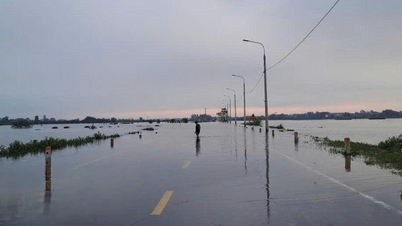



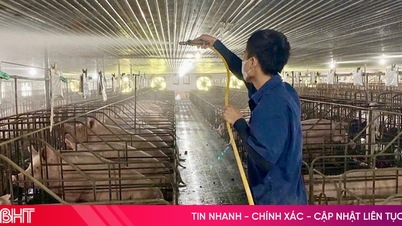

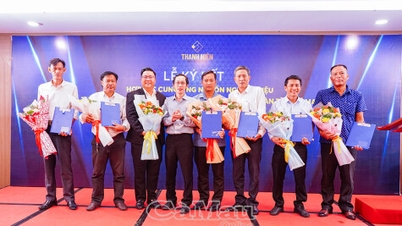

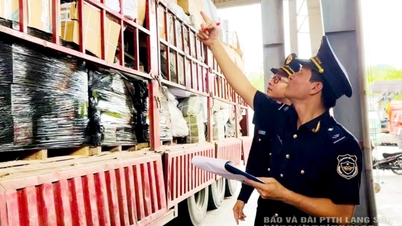






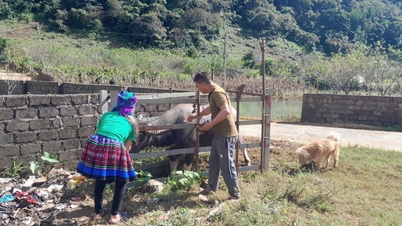



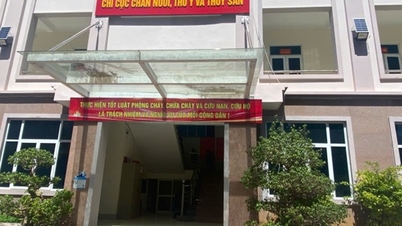







































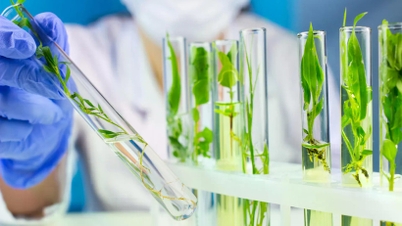
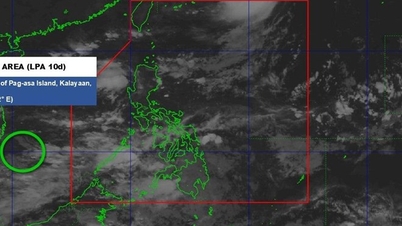




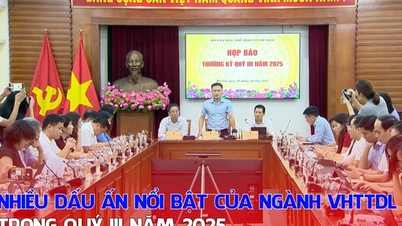
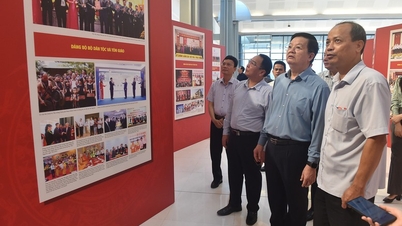
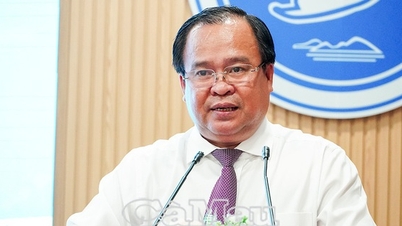

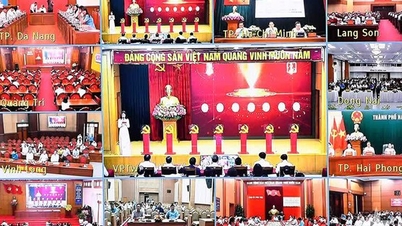
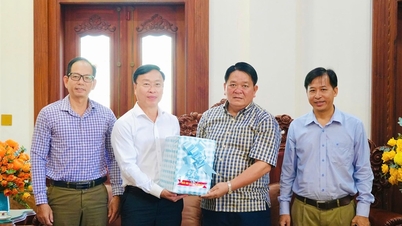
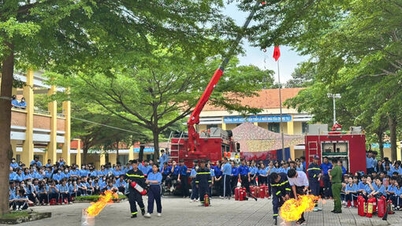

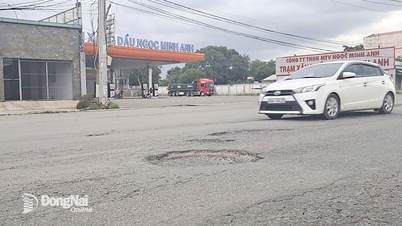

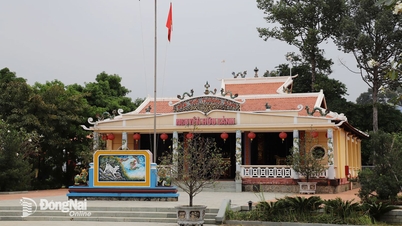
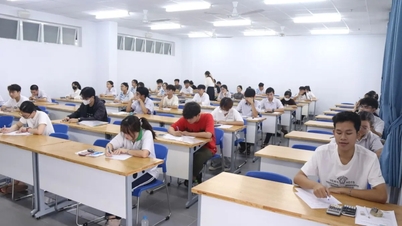

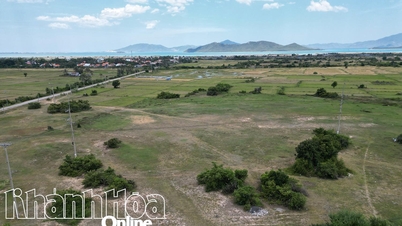















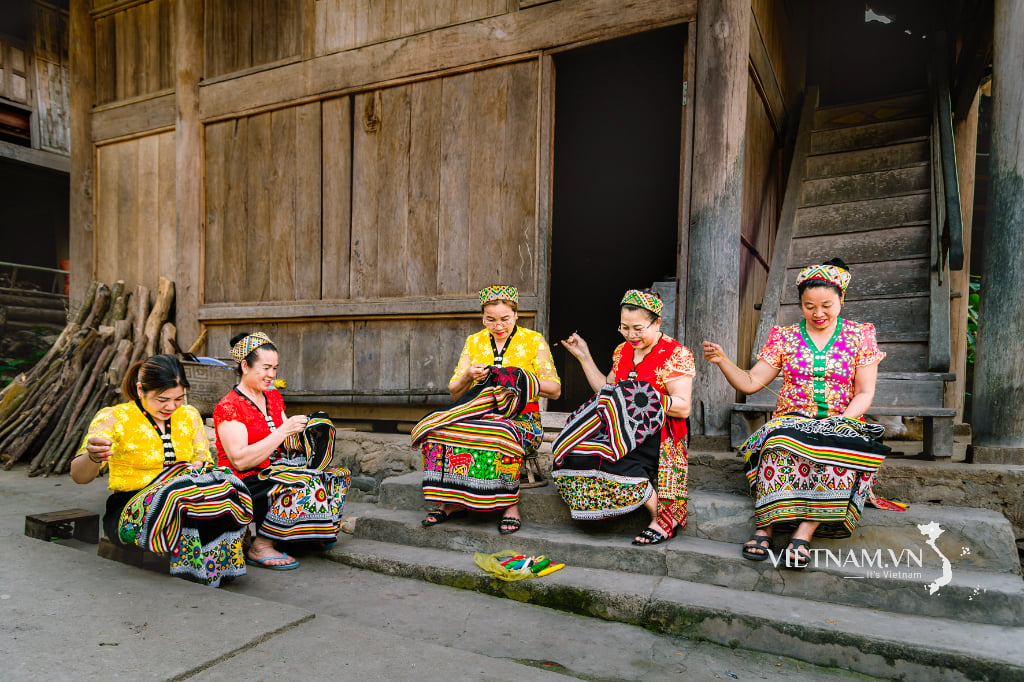

Comment (0)